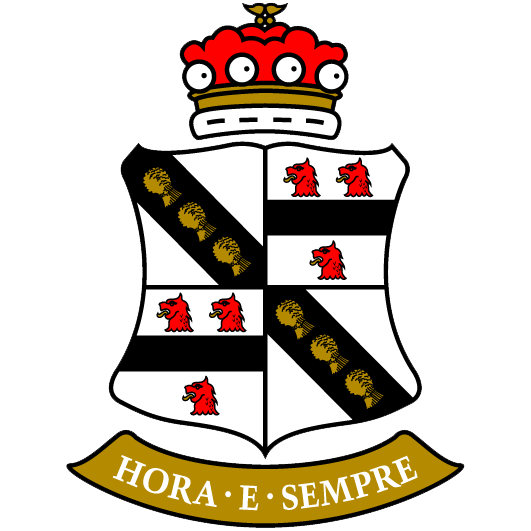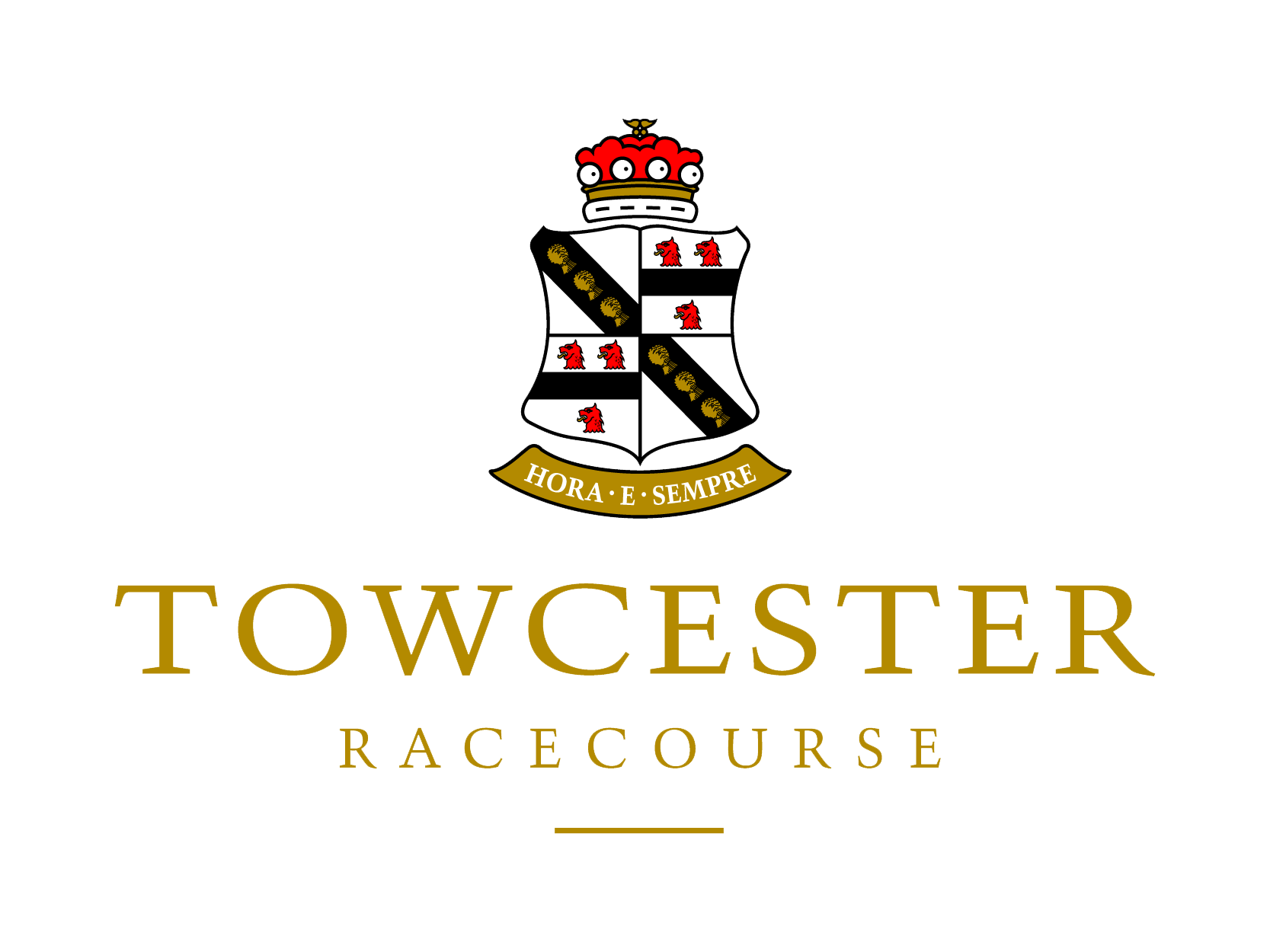Greyhound race distances vary depending on the country and track hosting the event. In the United Kingdom and Ireland, there are specific distances and corresponding raceform prefixes to classify the races. This article discusses the different race distances and their corresponding prefixes, as well as notable races and events in England and Ireland.
Raceform Prefixes and Distances
United Kingdom
In the United Kingdom, there are four main types of race distances, classified by raceform prefixes:
- D: Sprint races (2 bend racing)
- A: Middle-distance races (4 bends)
- S: Stayers races (6 bends)
- E: Marathon or extended races (8 bends or more)
Ireland
In contrast, Ireland uses a slightly different set of raceform prefixes:
- S: Sprint races
- A: Middle-distance races
- D: Long-distance races
It is important to note that prefixes can vary depending on the track hosting the event.
Notable Race Distances
The most common distance used for dog racing in England and Ireland is 480 meters (525 yards). Some notable races at this distance include:
- The Gold Cup and Puppy Derby (Monmore Green)
- All England Cup, Angel Of The North, and Northern Puppy Derby (Newcastle)
- Kent Derby (Central Park)
- English Oaks (Perry Barr)
- Produce Stakes (Clonmel)
- Irish Oaks and Gold Cup (Shelbourne Park)
- Con & Annie Kirby Memorial (Limerick)
- Irish Laurels (Curraheen Park)
Modern-Day Derby Distance
In 2021, Towcester in Northamptonshire was selected to host the English Derby. The race was run over the new modern-day derby distance of 500 meters (547 yards).
Hove’s Middle-Distance Competitions
In 2020, Hove introduced new 500-meter races for all middle-distance competitions, with the exception of the Sussex Cup, Olympic, and Brighton Belle. These races are run over a longer distance of 515 meters.
Evolution of Classic Greyhound Race Events
Over time, various classic greyhound races have migrated to different locations and adjusted race distances. Primarily, this transition evolves from the intriguing history of the ‘Scurry Gold Cup’, the ‘Cesarewitch’ and the ‘St Leger’.
The Scurry Gold Cup: A Sprint Classic
The Scurry Gold Cup, established as one of the oldest ‘sprint classics’, has seen a series of changes over the years:
- Clapton (1928–1973): This race was first run at Clapton in 1928 over 400 yards until its closure in 1973.
- Slough (1974–1986): In 1974, it moved to Slough and was extended to 434 meters (475 yards).
- Catford (1987–2002): Later, in 1987, it transferred to Catford over 385 meters (420 yards).
- Perry Barr (2005–2008): After not being run for two years (2003/04), the race was reinstated in 2005 at Perry Barr over 275 meters.
- Belle Vue (2009–Present): In 2009, it moved to ‘sister track’ Belle Vue over 260 meters until its closure and is now back at Perry Barr over 275 meters.
The Cesarewitch: A Long-standing Classic
The Cesarewitch, another original classic, also underwent numerous changes of venue and distance since its inception in 1928:
- West Ham (1928–1971): Initially, the race took place at West Ham over 600 yards.
- Belle Vue (1972–1994): After the track’s closure in 1971, the event moved to Belle Vue over 880 yards in 1972, marking the first time a classic was staged in North England.
- Catford (1995–2000): The GRA switched the venue to Catford over 718 meters in 1995.
- Oxford (2001–2012): In 2001, the venue changed to Oxford over 645 meters, then closed in 2012.
- Crayford (2019–2022): The race was rescued by Ladbrokes/Coral in 2019 and ran at Crayford over 874 meters, returning there in 2021 and 2022, with a brief 2020 switch to Romford over 925 meters.
- Central Park (2023–Present): In 2023, the race was held at Central Park and is now run over 708 meters.
The St Leger and the Longest Marathon Race
Greyhound racing also includes events that have found new homes and extended lengths:
- The St Leger: Originally hosted in Wimbledon, The St Leger transferred to Perry Barr in Birmingham in 2017, and now it’s run over 710 meters.
- The Ladbrokes 1048 Marathon: The longest marathon race in England, hosted at Crayford, is the Ladbrokes 1048, contested over 1048 meters (1146 yards).
Classic Greyhound Race Events in Ireland
Ireland’s greyhound racing scene hosts some prominent ‘Premier Sprint’ and ‘Staying Races’. These championship events showcase the stamina and speed of elite canines, providing spectators with an enthralling experience.
The Premier Sprint: Irish Sprint Cup
The Irish Sprint Cup, recognized as Ireland’s ‘premier sprint,’ has a distinctive history:
- Newbridge (Unknown–Date): Formerly, the National Sprint was famously conducted over 325 yards at Newbridge.
- Dundalk (Date–Present): Presently, the event, renamed the Irish Sprint Cup, is run at Dundalk, covering a distance of 400 yards.
The Irish Derby and Irish St Leger
Two prominent events, the Irish Derby and the Irish St Leger, have preserved the same racing distance despite changing venues since their inception in 1932:
- Irish Derby: This iconic race has been staged at Shelbourne Park since 1932, maintaining the same distance of 550 yards (503 meters) since 1986.
- Irish St Leger: Initially held at Celtic Park, Belfast in 1932, this race now occurs at Limerick, adhering to the same 550 yards (503 meters) length.
Famous Irish ‘Staying Races’
Ireland is known for its endurance tests or ‘staying races’ that push the limits of the greyhounds. Notably, these include:
- The Cambridgeshire: This race is performed at Limerick.
- Corn Cuchulainn: This staying race covers a distance of 750 yards.
- Winter Racing Festival Marathon: Competitors run over 850 yards.
- Shelbourne Marathon: One of the most challenging races that extends over 1025 yards and takes place at Shelbourne Park.
- “Ted Hegarty” Track Bookmakers Open Marathon: Not forgetting this historic race previously staged at Harolds Cross (HX), it’s considered one of the legendary marathons in Irish Greyhound Racing history.
The lengthiest race in Ireland, as of today, is the TBO Marathon that occurs at Thurles Park, stretching the limits at a distance of 1035 yards.
Greyhound Race Distances and Categories: International Variations
The protocol for the categorization and distance measurement of greyhound races varies significantly across nations. In the United States, distances are displayed as fractions of a mile, while Australia divides its races into only two categories. The positioning of starting traps notably impacts race outcomes, especially in races where a ‘short run’ to the first corner is integral.
Greyhound Racing in the USA: Fractions of a Mile
In the United States, the majority of greyhound racing parks display race distances as fractions of a mile. Here are some standard conversions:
- 990 Feet: This distance translates to approximately 3/16th of a mile.
- 1320 Feet: Equates to a quarter mile.
- 1485 Feet: Known as the ‘Futurity course’.
- 1650 Feet: Corresponds to 5/16th of a mile.
- 1980 Feet: Equivalent to a 3/8th mile.
- 2310 Feet: Is approximately 7/16th of a mile.
- 2640 Feet: Represents a half-mile.
- 2970 Feet: Equates to 9/16th of a mile, and so on.
The distances carry on in a similar pattern, measured in increments of 330 feet — each representing 1/16th of a mile.
Greyhound Racing in Australia: Sprint vs Distance
Australia employs a comparatively straightforward classification system, dividing races into just two categories based on distance:
- Sprint: These races include all events up to, and including, 564 metres.
- Distance: This category includes all races more than 565 metres.
Impact of Starting Trap Positioning
The placement of the starting traps can be critical in determining race outcomes. This fact is particularly evident in races where runners have a ‘short run’ to the first corner. Due to limited ‘racing room’, these contests often result in 1st bend trouble, making them inherently more unpredictable.
This element of unpredictability underscores the need for greater strategic insight, both for participants and spectators. Several factors come into play, including the greyhound’s initial speed, positioning, and ability to navigate crowded situations, contributing to the overall dynamism and excitement of the sport.




